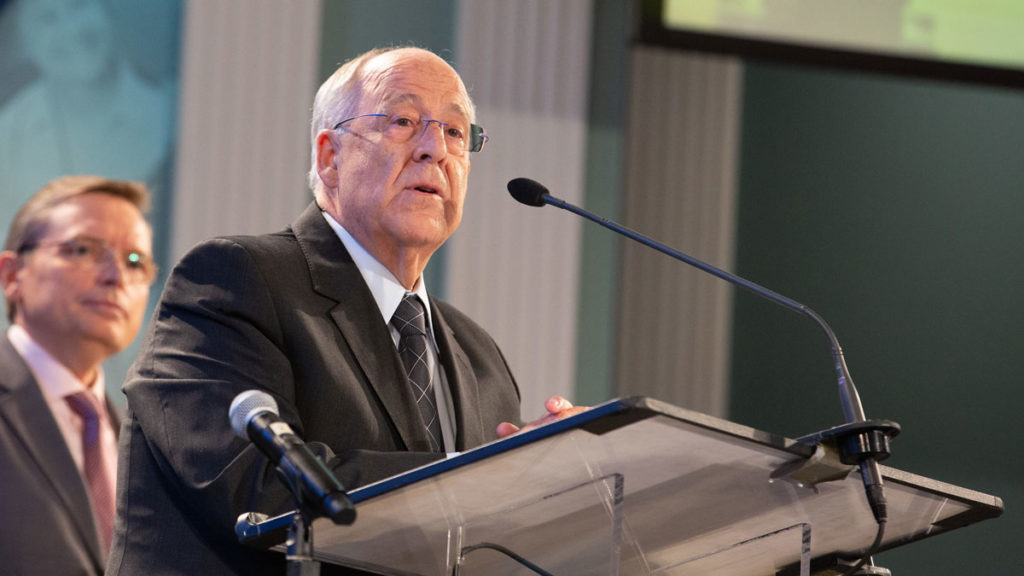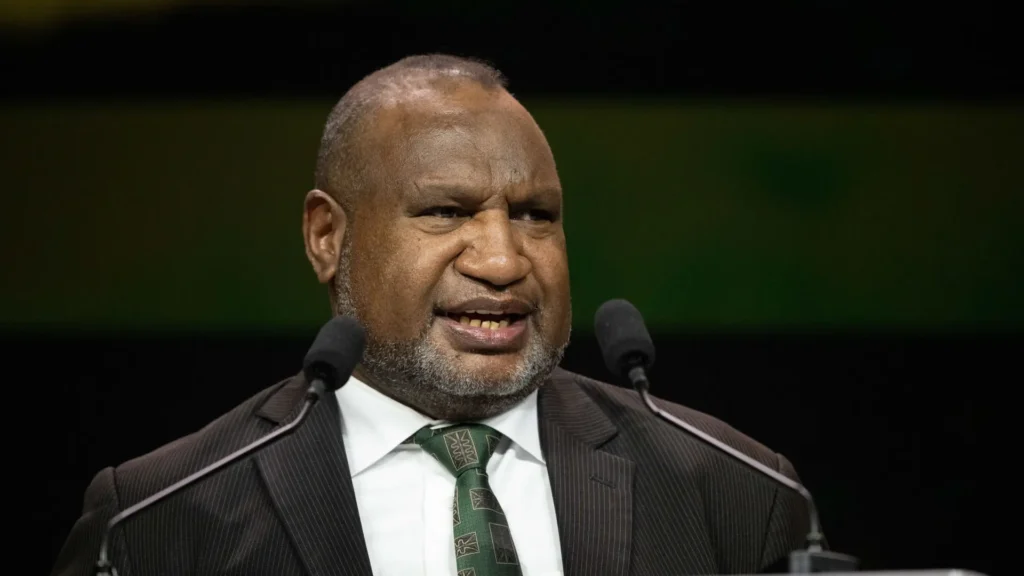Members of the Seventh-day Adventist Church’s top decision-making body deliberated over a period of two days about a proposed Statement on the Biblical View of Unborn Life and Its Implications for Abortion. The document emerged in September from a longer period of study and discussion among Adventist theologians, medical experts, healthcare administrators, ethicists and Church administrators.
The news comes as changing legislation and public conversations around abortion have confronted church leaders in the South Pacific region.
(Read the voted Statement on the Biblical View of Unborn Life and Its Implications for Abortion.)
Church leaders were emphatic that the document voted this week at the Seventh-day Adventist Church’s Annual Council is a statement and not a set of guidelines for either individuals or church organisations. As defined by Church practice, a voted statement outlines the Seventh-day Adventist Church’s official position on a specific matter, while guidelines offer direction for practical application on a specific subject.
No previous statement about the sanctity of unborn life had been developed before this week’s document. The last time the denomination issued guidelines on abortion was in 1992.
“The statement that came from the GC AC on abortion went through a very thorough process,” said South Pacific Division president, Pastor Glenn Townend. “In the end I think it had 28 drafts. This process shows the church at it’s best listening to theologians, medical specialists, church leaders and members. The statement was adjusted because of feedback from the people on the floor of the GC AC. It is very difficult to please everyone, however I think it is a very biblical and well-balanced statement.”
A working group of 26 individuals, including seven women, was commissioned by the General Conference Administrative Committee (ADCOM) in September to “prepare a draft of one unified statement that will clearly be based on biblical principles that underline the sanctity of life and recognise the exceptionally difficult cases/anomalies women can face,” according to the voted Terms of Reference.
According to Adventist world church president Dr Ted Wilson, however, the 1992 guidelines contained “a far more limited approach in terms of a comprehensive view of the Biblical approach to this precious subject”.
Dr Wilson went on to clarify the role of a voted statement in the life of the 21-million-member Church. “This is a statement. It is not part of the Church Manual. It is not intended to be a statement [by] which church boards and members will judge other people.” Addressing church leaders directly, he added, “Please instruct and encourage our church members not to do that. It is a biblical statement to inform not only the world but ourselves how the Bible speaks to us about life.”

The process of developing the document began with the Biblical Research Institute (BRI) Ethics Committee and expanded to include the GC Bioethics Committee, the 26-member working group, representatives of various Adventist healthcare systems, and several GC administrative committees. The process resulted in a total of 27 versions of the draft.
Dr Peter Landless, a physician who serves as the director of Health Ministries for the world Church, addressed the fear that the statement is “a nuclear weapon against the Adventist healthcare systems,” clarifying that “the answer is ‘no’”. During his presentation, Dr Landless also displayed a chart showing the total number of abortions performed by Adventist healthcare institutions during the past year. The statistics reveal that the number is very small, almost all of them relating to dramatic fetal abnormalities which would make life outside the womb impossible.
While acknowledging that “we do not have a wonderful history in our health institutions” regarding abortion, Dr Landless reported a dramatic decrease in abortions since the 1992 guidelines were voted. “It should be clearly stated: the aim is to approach as close to zero abortions as is safely possible.”
Discussion on the floor
Discussions on the floor reflected the diversity of perspectives on the topic.
Doug Batchelor, speaker and director for Amazing Facts Ministries, an independent supporting ministry located in North America, was the first to speak in favour of the statement. “I praise God because the Church is addressing this issue; I wish we would have done it sooner. The Bible teaches that human life is a miracle, a gift of God’s creation and begins at conception.” Batchelor concluded, “Having a clear biblical statement on abortion does not mean that we are going to attack people who disagree.”
Dr Richard Hart, president of Loma Linda University Health, a medical system operated by the Church-owned Loma Linda University, said “I appreciate the document for the value it gives to the sanctity of life.” Dr Hart clarified that Loma Linda does not offer elective abortions and went on to describe several critical medical conditions where termination of pregnancy may be necessary. He stressed the importance of wording that would “allow the doctor and the mother to make the wisest decisions” in those difficult circumstances.
Other delegates brought to the floor concerns regarding the omission of language addressing the experiences of rape and incest, which were both referenced in the 1992 guidelines.
Jiri Moskala, dean of the Seventh-day Adventist Theological Seminary at Andrews University, while praising the document for its respect for life, and biblical principles, also offered suggestions for improvement. “This statement is strangely silent about the most painful issue in regards to abortion, namely rape. I hope we will not send a false signal to our churches by omitting in this document the problem of violence and rape. I think rape should be included.”
The statement was approved by a vast majority of the delegates, with only a few voting “no” because of concerns about specific language.






